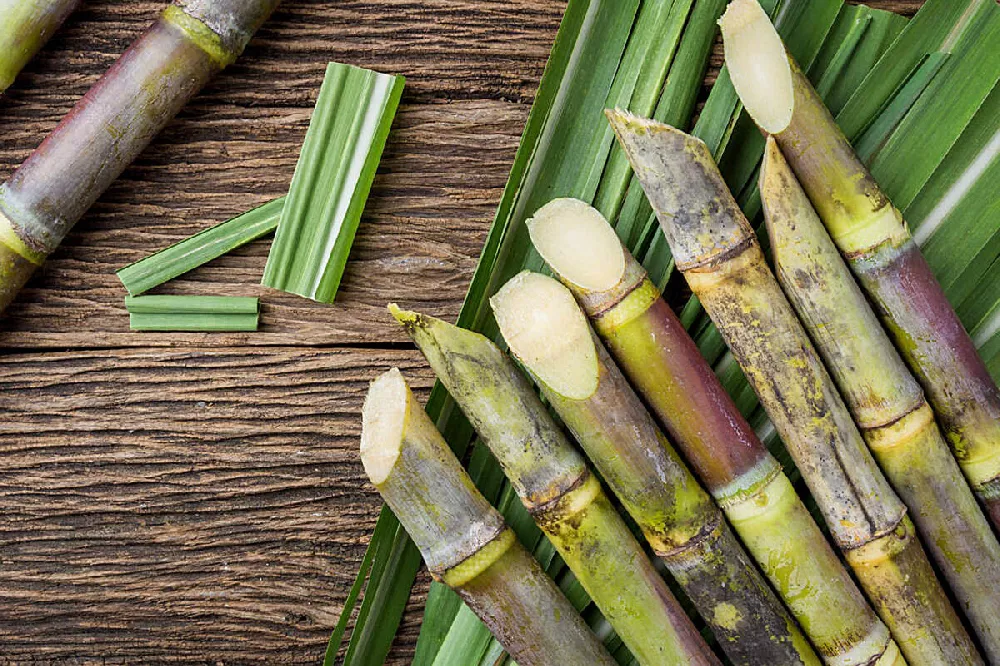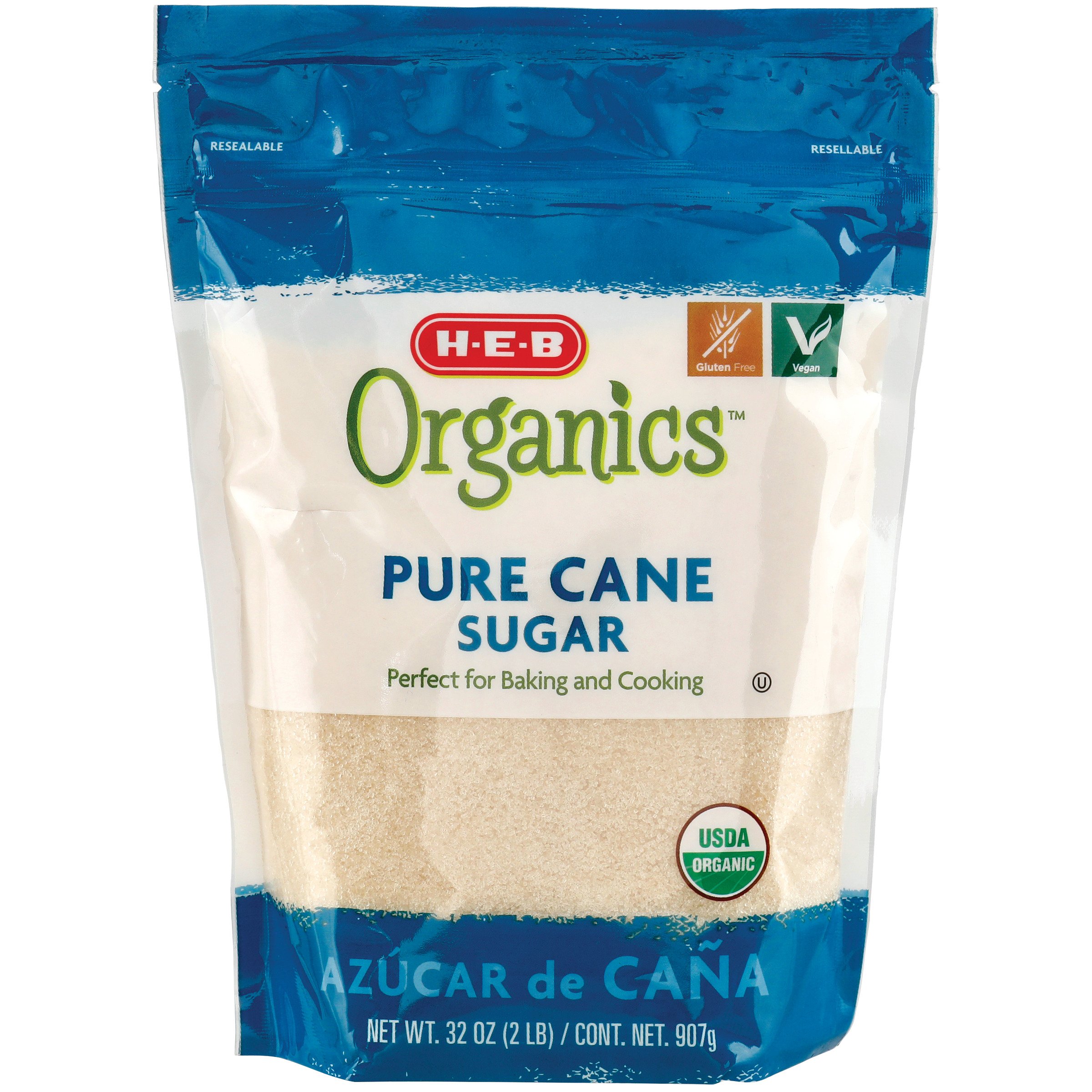A Comprehensive Overview to the Environmental Impact and Sustainability Practices in Walking Stick Sugar Handling
The ecological impact of cane sugar processing provides an intricate array of difficulties that warrant careful assessment. From soil destruction and extreme water use to the carbon impact related to cultivation and manufacturing, the repercussions of conventional methods are far-ranging. On the other hand, the fostering of innovative sustainability steps uses a pathway towards much more responsible production methods. Understanding the interplay between these problems is critical for stakeholders in the industry. What particular practices can be executed to strike a balance between productivity and environmental stewardship? The solutions hinge on a better take a look at both the challenges and possible remedies.
Review of Walking Stick Sugar Processing
Cane sugar handling includes a series of organized actions that transform sugarcane into polished sugar. Originally, gathered sugarcane is delivered to processing facilities, where it goes through cleaning to get rid of dirt and particles. Following this, the walking stick is crushed to extract juice, which is then clarified by getting rid of contaminations with heating and the addition of lime.
The clarified juice goes through dissipation, where water is gotten rid of to concentrate the sugar material. These crystals are separated from the staying syrup making use of centrifugation, resulting in raw sugar.
The end product is then dried and packaged for distribution. Throughout this entire procedure, keeping efficiency and quality assurance is important to guarantee the sugar fulfills industry standards. Each action in walking stick sugar handling not just adds to the last item yet additionally has effects for source usage and waste generation, establishing the stage for discussions on sustainability and environmental impacts connected with sugar manufacturing.
Ecological Obstacles of Manufacturing
The production of cane sugar presents several significant environmental difficulties that warrant interest. One key issue is the substantial usage of agrochemicals, consisting of chemicals and fertilizers, which can result in soil degradation, biodiversity loss, and contamination of local water resources. The drainage from sugarcane areas commonly brings these chemicals into nearby communities, disrupting aquatic life and influencing the wellness of neighborhoods reliant on these water bodies.
Another challenge is the high power usage related to sugarcane processing. The boiling and refining phases need considerable heat, primarily created by shedding nonrenewable fuel sources, adding to greenhouse gas discharges. Furthermore, the extensive land area required for sugarcane farming can cause logging and habitat devastation, more worsening climate adjustment and threatening wild animals.
Moreover, the labor techniques in some areas raise moral problems, as employees may face inadequate working problems and insufficient incomes. This circumstance commonly continues a cycle of poverty in neighborhood neighborhoods. Cane Sugar Processing. Addressing these ecological challenges is crucial for creating much more lasting practices in walking stick sugar manufacturing, eventually profiting both the environment and the neighborhoods associated with this market
Water and Land Usage Influence
Water resources and land application are vital parts in the cane sugar market that significantly influence the environment. The growing of sugarcane calls for substantial water input, with quotes recommending that it can consume as much as 2,000 litres of water per kilo of sugar generated. This extensive use water often leads to exhaustion of local water resources, affecting not only the sugarcane vineyards yet also surrounding environments and areas that depend on the very same water sources for agriculture and domestic use.

Additionally, land usage for sugarcane growing can lead to deforestation and the conversion of all-natural habitats right into monoculture plantations. This method diminishes biodiversity, interrupts local environments, and adds to soil deterioration. The expansion of sugarcane fields usually intrudes on beneficial Your Domain Name agricultural land, developing competition for sources between food and biofuel manufacturing.
Lasting practices, such as maximizing irrigation methods and implementing crop turning, are essential to alleviate these influences. By adopting extra efficient water usage and land management methods, the cane sugar market can lower its ecological impact, ensuring a balance between farming performance and environmental preservation.
Greenhouse Gas Emissions
Greenhouse gas discharges stand for a substantial environmental worry within the walking stick sugar processing industry, especially as agricultural methods broaden to satisfy worldwide demand. The growing of sugarcane, a plant that grows in exotic climates, depends heavily on synthetic fertilizers and pesticides, which add to nitrous oxide emissions. Additionally, land-use changes, including deforestation for brand-new sugarcane haciendas, launch co2 stored in vegetation and soil.
During processing, power intake is an additional significant resource visit this site of greenhouse gas discharges - Cane Sugar Processing. Lots of sugar mills use fossil fuels to power machinery and generate heat, causing substantial carbon impacts. In addition, the transport of raw sugarcane and ended up items includes layers of discharges through gas burning in cars
This entails assessing existing agricultural methods, processing techniques, and transport systems to determine locations for enhancement and reduction. Dealing with greenhouse gas exhausts is necessary for cultivating a much more lasting walking cane sugar industry in a transforming climate.

Lasting Practices and Innovations
Sustainable techniques and advancements are progressively vital in the walking cane sugar processing sector as stakeholders seek to lower ecological impacts while keeping efficiency. One substantial improvement is the execution of integrated plant management, which maximizes resource usage by combining soil monitoring, insect control, and plant rotation methods. This approach boosts yield while lessening chemical inputs and preserving soil wellness.
Furthermore, the fostering of renewable power sources, such as biomass from sugarcane residues, has actually acquired grip - Cane Sugar Processing. By transforming waste products into power, processing facilities can lower their reliance on nonrenewable fuel sources, therefore reducing greenhouse gas discharges
Water management techniques have actually also seen renovations through the recycling and reusing of water in processing plants, dramatically minimizing freshwater consumption. Advancements in technology, such as precision agriculture, make it possible for farmers to monitor crop wellness and resource use better, making certain sustainable growing techniques.
Additionally, qualification programs like Fair Profession and Rain forest Alliance urge eco responsible farming practices and advertise social equity within the supply chain. By welcoming these sustainable practices and developments, the walking stick sugar handling industry can boost its strength and add favorably to ecological stewardship.
Conclusion
The environmental impact of cane sugar processing presents considerable difficulties, including dirt deterioration, high water consumption, review and greenhouse gas emissions, alongside moral problems connected to labor techniques. Resolving these problems with sustainable practices, such as incorporated plant administration, renewable energy fostering, and water recycling, is crucial. By advertising socially fair and eco accountable techniques in sugar production, the industry can minimize its damaging impacts, guaranteeing a more lasting future for both ecological communities and neighborhoods entailed in this market.
Cane sugar handling entails a collection of methodical steps that change sugarcane into polished sugar. Each action in walking stick sugar processing not just contributes to the last product yet also has effects for source use and waste generation, establishing the stage for conversations on sustainability and environmental influences connected with sugar manufacturing.
Greenhouse gas discharges represent a substantial environmental issue within the walking cane sugar processing industry, specifically as agricultural techniques expand to fulfill global need.Sustainable techniques and technologies are progressively essential in the walking stick sugar handling industry as stakeholders look for to reduce environmental impacts while preserving productivity.The environmental impact of walking stick sugar handling presents substantial challenges, consisting of dirt degradation, high water usage, and greenhouse gas emissions, together with moral concerns associated to labor techniques.